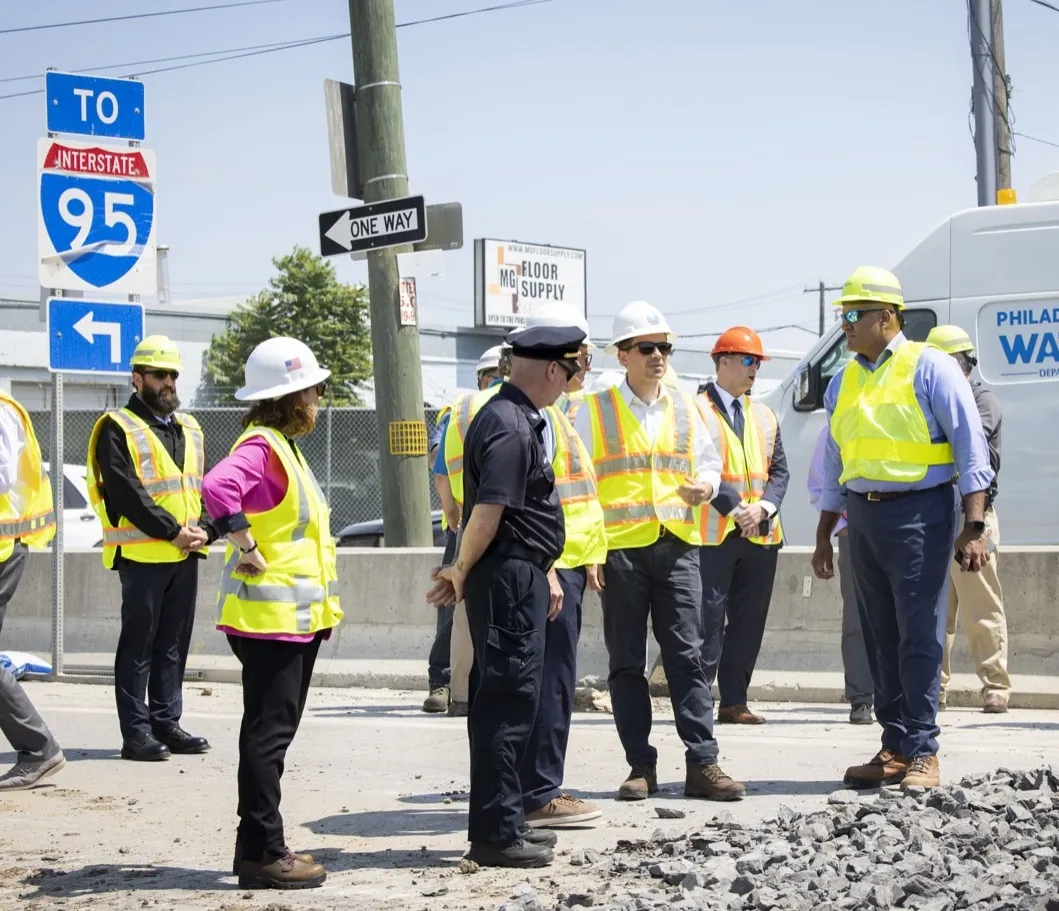PennDOT's modernised field data collection process recently received an international achievement award for its innovative use of geographic information system technology. The Special Achievement in GIS (SAG) Award recognises vision, leadership, hard work and innovative use of technology and was presented at the Esri International User Conference in San Diego. PennDOT received the award for its use of technology to collect information on local roads and bridges such as location, condition and structure type
July 17, 2013
Read time: 2 mins
The Special Achievement in GIS (SAG) Award recognises vision, leadership, hard work and innovative use of technology and was presented at the Esri International User Conference in San Diego.
PennDOT received the award for its use of technology to collect information on local roads and bridges such as location, condition and structure type. The mobile collection method allows better documentation of local roads and bridges in the department's asset inventory systems and allowed PennDOT to reduce the time to collect information on a single local bridge structure from twenty to six minutes. The software also supported collecting information on more than 30,000 segments of local roads and nearly 3,700 local bridges, replacing paper forms and manual data entry.
“We're very proud to receive this award recognising our efforts to modernise how we do business," PennDOT secretary Barry J Schoch said. "By using innovative, mobile technology we can collect data on state and locally owned roads quickly and more efficiently so that we have current information on road and bridge conditions.”










